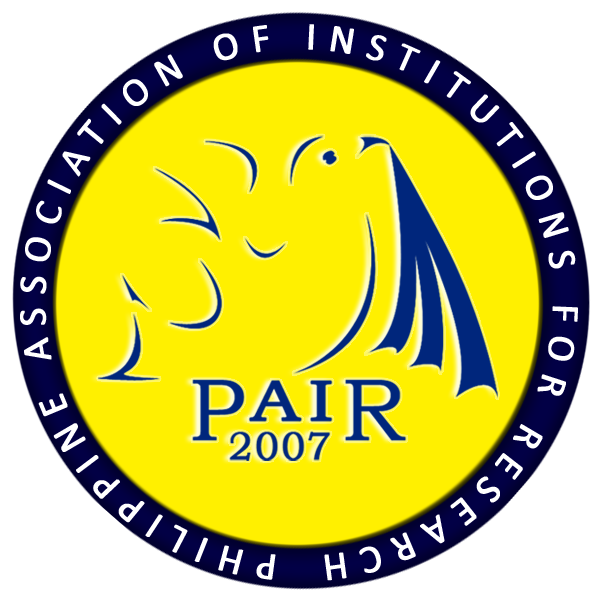An Analysis of Pesticide Residue in Vegetables Sold In Zamboanga City, Philippines
DOI:
https://doi.org/10.7719/jpair.v29i1.522Keywords:
Environmental Toxicology, pesticide, residue, analysis, experimental method, Cagayan de Oro, PhilippinesAbstract
Pesticide contaminations on vegetables are widespread and found to be one of the causes of food poisoning in the Philippines. The study examined the presence and determined the quantity of pesticide present in three (3) samples of vegetables sold at the Zamboanga City Public Market and Bagsakan Center, Sta. Cruz Market, Zamboanga City. Purposive random sampling was used in the selection of the three vegetable samples, which were Cabbage (Brassica oleraceaorvarcapitata Linn.), Lettuces (Lactucasativa Linn.), and Cauliflower (Brassica oleracea var. botrytis). This was analyzed at Cagayan de Oro Bureau of Plant Industry, Pesticide Analytical Laboratory. Gas Chromatography was used in the determination of the presence of pesticide residue. Three trials were conducted for each sample and the average was computed for the final result. A No Detection (ND) results the findings to all the samples, an implication that the vegetables which were sold and bought from the two public markets in Zamboanga City were free from pesticide residues. It is recommended that other fruits and vegetables may be analyzed on different kinds of pesticides considered to be systemic and non-systemic, and after a heavy rain fall. Similarly, recommended that periodic monitoring for pesticide residue and other hazardous chemicals by the appropriate agency responsible for the health and welfare of the general public.
Downloads
References
Almeda, M. (1998). Organochlorine Pesticide Residues in Vegetables in Iligan City. Iligan City: Mindanao State University.
Downloads
Published
Issue
Section
License
Copyright (c) 2017 Maisora T. Tahil

This work is licensed under a Creative Commons Attribution-NonCommercial 4.0 International License.
Open Access. This article published by JPAIR Multidisciplinary Research is licensed under a Creative Commons Attribution-Noncommercial 4.0 International (CC BY-NC 4.0). You are free to share (copy and redistribute the material in any medium or format) and adapt (remix, transform, and build upon the material). Under the following terms, you must give appropriate credit, provide a link to the license, and indicate if changes were made. You may do so in any reasonable manner, but not in any way that suggests the licensor endorses you or your use. You may not use the material for commercial purposes.




















